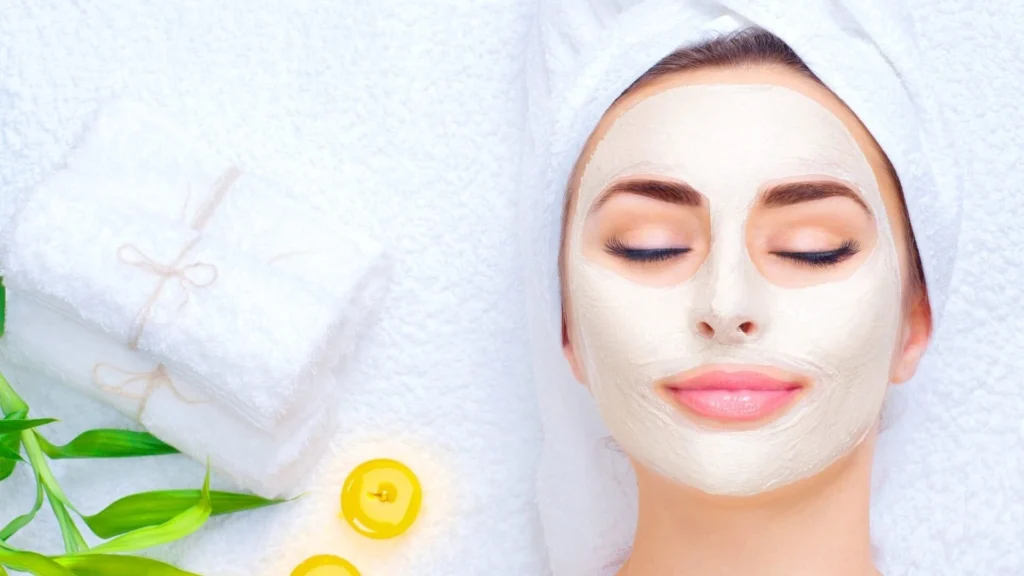Face masks are no longer an occasional treat—they’re a key component of a balanced face mask skin care routine. Whether you’re dealing with dryness, breakouts, or dullness, the right face mask can rejuvenate your skin in a matter of minutes. However, without the proper application techniques and understanding of your skin’s needs, masks can do more harm than good.
This guide breaks down common face mask mistakes, expert-backed tips, and product suggestions that will help you elevate your skincare routine.

Content
Common Face Mask Mistakes That Affect Your Skin
Skipping Skin Prep Before Applying a Face Mask
Even the best mask won’t deliver results if applied to a dirty surface. One of the foundational skincare essentials is cleansing. A clean face ensures that active ingredients from your mask can penetrate more deeply.
Pro tip: Use a gentle exfoliating cleanser once or twice a week to remove buildup and prep the skin for your mask. This is especially important if you’re using a clay mask or a mask with exfoliating acids.
Applying Too Much or Too Little Product
Balance is everything in face mask skin care. Using too much can suffocate the skin and cause product waste. Using too little may leave areas of your face untreated.
A nickel-sized amount is generally sufficient, depending on the product. Use a brush or clean fingers to spread the mask evenly and avoid the delicate eye and lip areas.
Face Mask Skin Care: Proper Usage and Timing
Following Package Instructions Is Key
Every face mask is different. Some are meant for 10 minutes, others for overnight use. Ignoring usage instructions can cause dryness, redness, or an allergic reaction—especially with chemical exfoliants like glycolic acid or salicylic acid.
Stick to the label’s timing, especially for overnight masks, to avoid damaging the skin barrier. If it says 15 minutes, don’t stretch it to 30.
Not Rinsing Off Your Mask Thoroughly
If a mask is not designed to be left on, it must be rinsed off completely. Leftover residue can lead to clogged pores and breakouts, negating any benefits.
Use lukewarm water and a microfiber cloth for best results. Avoid using hot water, which can strip the skin’s natural oils and cause irritation.
How to Choose the Right Face Mask for Your Skin
A personalized approach to face mask skin care yields the best results. Choosing the right formula tailored to your skin type and concerns is critical.
- Oily skin: Try a charcoal face mask or clay mask to draw out excess oil and minimize pores.
- Dry skin: Look for creamy, hydrating masks rich in hyaluronic acid, glycerin, or shea butter.
- Combination skin: Use a multi-masking technique, applying different masks to different zones.
- Sensitive skin: Stick to fragrance-free, hypoallergenic options with soothing ingredients like oat extract or aloe.
- Mature skin: Use anti-aging masks with peptides, vitamin C, and retinol for firming and brightening effects.
DIY tip: If you’re into natural solutions, consider a yogurt and honey mask for gentle exfoliation and hydration. However, patch test first to ensure compatibility.
Bonus Tips to Maximize Your Face Mask Routine
- Layer strategically: Apply masks after toner but before serum for optimal results.
- Use facial steam: Light steaming before masking opens pores and enhances absorption.
- Follow up with skincare: After masking, apply a hydrating serum or moisturizer to seal in the benefits.
- Stay consistent: Like any skincare routine, consistency is key. Apply masks 1–3 times a week based on your skin’s needs.
- Don’t mix active ingredients blindly: Avoid using strong actives like retinol or AHAs right before or after masking, unless specifically formulated to work together.
Conclusion: Mastering Face Mask Skin Care for Glowing Results
Face mask skin care is more than just a self-care ritual—it’s a targeted treatment for your skin’s unique concerns. Avoiding mistakes like skipping skin prep, applying the wrong amount, or leaving masks on too long ensures that you get the most out of your skincare essentials.
By choosing the right mask for your skin type and applying it with care, you’ll not only improve the texture and clarity of your skin but also boost the efficacy of your entire skincare routine. Whether it’s a charcoal face mask for deep cleansing or a hydrating overnight mask, there’s a perfect solution waiting to be part of your weekly regimen.
FAQs
How often should you use a face mask in your skincare routine?
Most skin types benefit from using a face mask 1–3 times per week, depending on the mask’s formula and your skin’s needs.
What’s the best face mask for oily skin?
Clay or charcoal face masks work best for oily skin by absorbing excess oil, unclogging pores, and reducing shine.
Can I leave a face mask on overnight?
Only if it’s specifically labeled as an overnight mask. Leaving other types on too long can irritate or dry out your skin.
Should I wash my face before or after applying a face mask?
Always cleanse your face before applying a mask to ensure your skin is free of dirt and oil, allowing better absorption of the mask’s ingredients.

Jesus is a health blog author who has been writing about nutrition, fitness and healthy living for over 10 years. He also loves to run, hike and bike with her wife.






